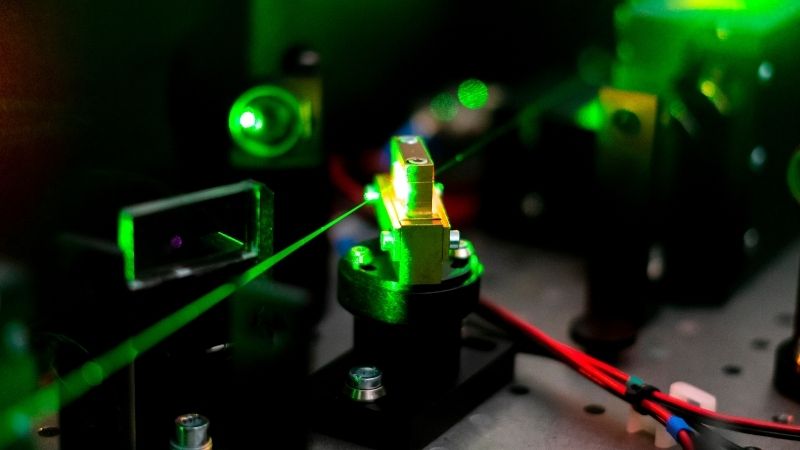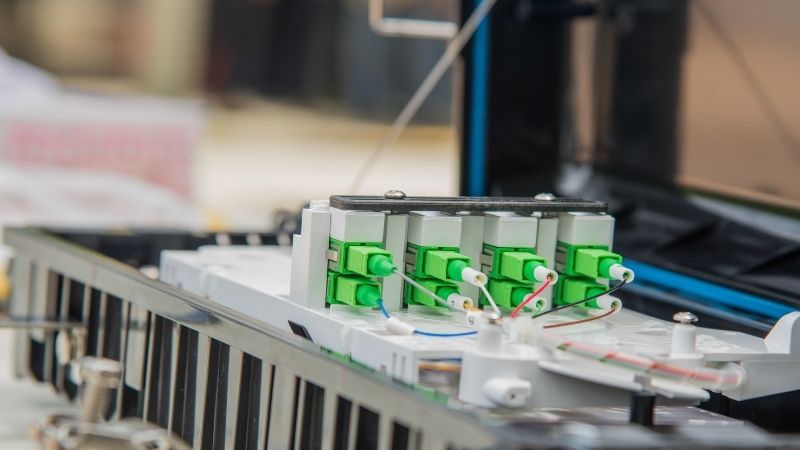Guía completa sobre cableado y resolución de problemas de sensores fotoeléctricos
Ya sea que sea un ingeniero experimentado o nuevo en la automatización, encontrará información valiosa para garantizar que sus sensores funcionen de manera confiable y eficiente.
Tabla de contenido
¿Qué son los sensores fotoeléctricos y cómo funcionan?
Los sensores fotoeléctricos son componentes esenciales en los sistemas de automatización industrial modernos. Estos dispositivos utilizan haces de luz para detectar objetos y activar las salidas correspondientes. Existen varios tipos de sensores fotoeléctricos:
- Sensores de haz pasante:Consta de unidades emisoras y receptoras independientes.
- Sensores retrorreflectivos:Utilice un reflector para rebotar el haz de luz.
- Sensores difusos:Detección de objetos mediante reflexión directa
La elección del tipo de sensor depende de los requisitos específicos de su aplicación, el rango de detección y las condiciones ambientales.Obtenga más información sobre los sensores industriales
Pasos esenciales para un cableado adecuado del sensor fotoeléctrico
El cableado correcto es fundamental para que el sensor funcione de manera confiable. A continuación, se detalla el proceso de cableado:
- Conexión de energía
- Conecte el cable marrón al positivo de CC de 24 voltios.
- Conecte el cable azul al negativo de CC de 24 voltios.
- Cableado de salida
- Cable negro: Señal de salida a entrada del PLC
- Cable blanco: Salida adicional (para modelos de salida complementaria)
“La codificación por colores y la verificación de las conexiones son pasos esenciales para evitar problemas relacionados con el cableado”. – Experto en automatización industrial
¿Cómo configurar y configurar su sensor fotoeléctrico?
Una configuración adecuada garantiza un rendimiento óptimo del sensor. Siga estos pasos de configuración:
- Montaje y alineación
- Fije el sensor y el reflector/receptor en soportes estables
- Asegúrese de que haya una alineación adecuada entre los componentes
- Mantener el rango de detección recomendado
- Ajuste de sensibilidad
- Utilice el potenciómetro para ajustar la sensibilidad.
- Prueba de detección con objetos objetivo reales
- Verifique que las luces indicadoras funcionen correctamente
Problemas y soluciones habituales
| Asunto | Posible causa | Solución |
|---|---|---|
| Sin señal de salida | Cableado incorrecto | Verificar las conexiones de los cables |
| Desencadenantes falsos | Sensibilidad demasiado alta | Ajustar el potenciómetro |
| Detección inconsistente | Mala alineación | Realinear los componentes del sensor |
| Sin poder | Fuente de alimentación defectuosa | Comprobar niveles de voltaje |
Integración con PLC y sistemas de control
Los sensores fotoeléctricos modernos se integran perfectamente con los controladores lógicos programables (PLC) y otros sistemas de control. Las consideraciones clave incluyen:
- Compatibilidad de señales de entrada/salida
- Requisitos de tiempo de respuesta
- Protocolos de comunicación
- Configuración del sistema
Preguntas frecuentes
Comience con una sensibilidad media y ajústela según las propiedades del objeto de destino y las condiciones ambientales.
Los rangos varían según el modelo, pero generalmente se extienden desde unos pocos metros hasta más de 20 metros.
Utilice configuraciones de sensibilidad adecuadas, mantenga la óptica limpia y asegúrese de que el montaje sea estable.
Es posible que se requieran modelos especiales diseñados para la detección de objetos transparentes.
Se recomienda la limpieza regular de las superficies ópticas y controles periódicos de alineación.
Potencie sus proyectos con sensores Omron, Keyence y Schneider nuevos y originales: ¡en stock, listos ahora!
Conclusión
- Verifique siempre el voltaje y las conexiones del cableado correctos.
- El montaje y la alineación adecuados son cruciales para un funcionamiento confiable.
- El mantenimiento regular garantiza un rendimiento constante
- Elija el tipo de sensor adecuado para su aplicación
- Configuraciones de configuración del documento para referencia futura
- Mantenga las superficies ópticas limpias y protegidas
- Considere los factores ambientales en la selección del sensor
Obtenga soporte experto para sus necesidades de automatización
¿Buscas sensores nuevos y originales para tus proyectos? En Kwoco, tenemos en stock los sensores más recientes de las mejores marcas como Omrón, Keyence, y SchneiderCompre con confianza: envío rápido, calidad garantizada. ¡Compre ahora!
Contáctenos
Simplemente complete su nombre, dirección de correo electrónico y una breve descripción de su consulta en este formulario. Nos comunicaremos con usted dentro de las 24 horas.
Categoría de producto
Productos en oferta
También te pueden interesar estos temas

NC vs CNC: Comprender las diferencias entre máquinas NC y CNC
Este artículo se adentra en el mundo de las máquinas de control numérico (NC) y CNC (control numérico por computadora), explicando sus diferencias clave y por qué son esenciales en la industria de la automatización industrial. Ya sea que sea un profesional experimentado o nuevo en el campo, este artículo le brindará información valiosa sobre cómo estas tecnologías han revolucionado la fabricación y por qué vale la pena comprenderlas.

Desbloquee la eficiencia y el control con la automatización industrial: comprensión de los sistemas SCADA
En el acelerado panorama industrial actual, la eficiencia y el control preciso son fundamentales. Este artículo profundiza en el mundo de los sistemas SCADA (Supervisory Control and Data Acquisition), explorando cómo revolucionan los procesos industriales, mejoran la productividad y brindan información en tiempo real para una toma de decisiones informada. Ya sea que trabaje en la fabricación de maquinaria, la producción de equipos o sea un proveedor de soluciones de fábrica, comprender SCADA es crucial para mantenerse competitivo.

10 códigos de alarma comunes de servoaccionamientos Omron explicados
Como ingeniero de Kwoco con años de experiencia en automatización industrial, he trabajado extensamente con servoaccionamientos Omron. A lo largo de los años, me he encontrado con varios códigos de alarma que pueden detener las operaciones si no se abordan de inmediato. Comprender estos códigos es fundamental para mantener operaciones fluidas y minimizar el tiempo de inactividad.






